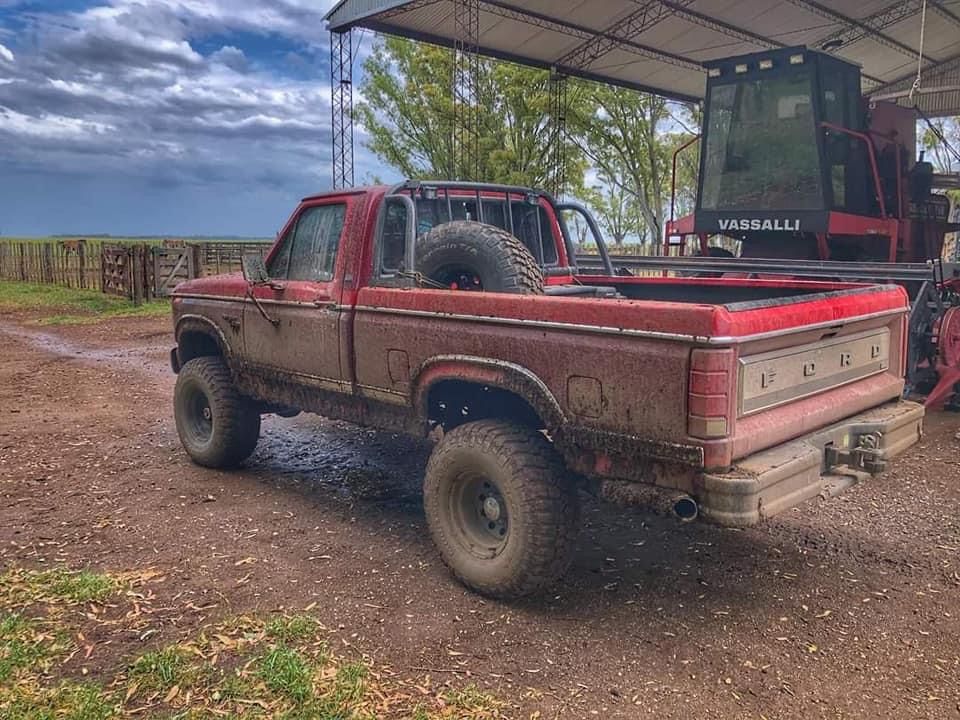This combined approach can be applied to any building type, but we have seen huge benefits when the buildings we design are particularly complex, or house particularly complex systems and processes..
We look at issues such as the material choice for a building’s facade and structure, as well as energy performance and thermal comfort.These are evaluated with respect to the passing of time.

What will happen year on year, and at the end of a building’s life?.Embodied carbon in sustainable building design.One of the core issues we’re trying to tackle with sustainable design revolves around carbon.

We know a lot about operational carbon and how buildings operate.Data helps us to close the performance gap and make sure buildings perform as well as, or even better than, they do in the design stage.

As we’re able to drive better and better performance through energy efficient equipment and passive design techniques, we can actually start reducing our operational carbon right from the early design stages.
This decrease in operational carbon will continue over time with things like the decarbonisation of the electricity grid.Once the concrete mix was taken into account, the use of 40% GGBS and local procurement, and 26% recycled content of steel the savings are circa 60%..
The embodied carbon within the façade increased compared with initial projections.This is partly due to the anodized finish of the aluminium frame curtain walling (this couldn’t be altered due to the extant planning permission) and partly because the façade was manufactured in Poland – a country with both many transport miles and an electricity grid predominantly fuelled by coal..
The internal finishes and walls performed well due to the limited quantity of materials used.The false ceilings were omitted to reduce materials needed, the curtain walling is self finishing to the inside of the external walls, the building is largely open plan reducing the number of internal walls required and finally the raised flooring is reused from an existing building.